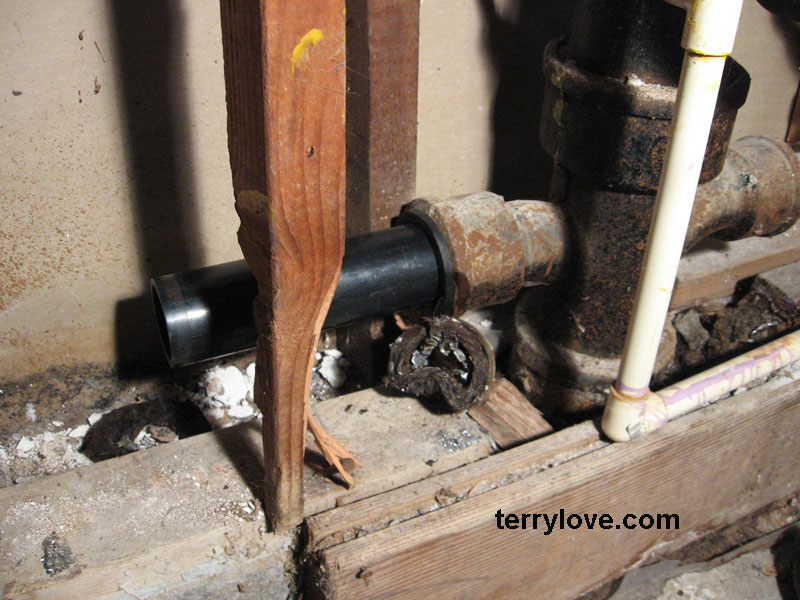Ralph Vart
New Member
I am installing a new bathtub. I don't think the existing cast iron trap is set right to fit the tub drain, so I want to remove it and put in an ABS trap with a flexible couple. The 1 1/2 inch cast iron trap is attached to a horizontal cast iron pipe. It looks like it has lead in the joint. I have read in a few places that a map gas torch will not get hot enough to melt the lead, but I don't understand that. The lead melts around 600 degrees and the torch is a few thousand degrees. Can I just heat up the hub on the trap for 15 minutes until the lead runs out into the pit under where the tub will go and hammer the trap out? Thanks very much for any advice you have.
Ralph
Ralph

